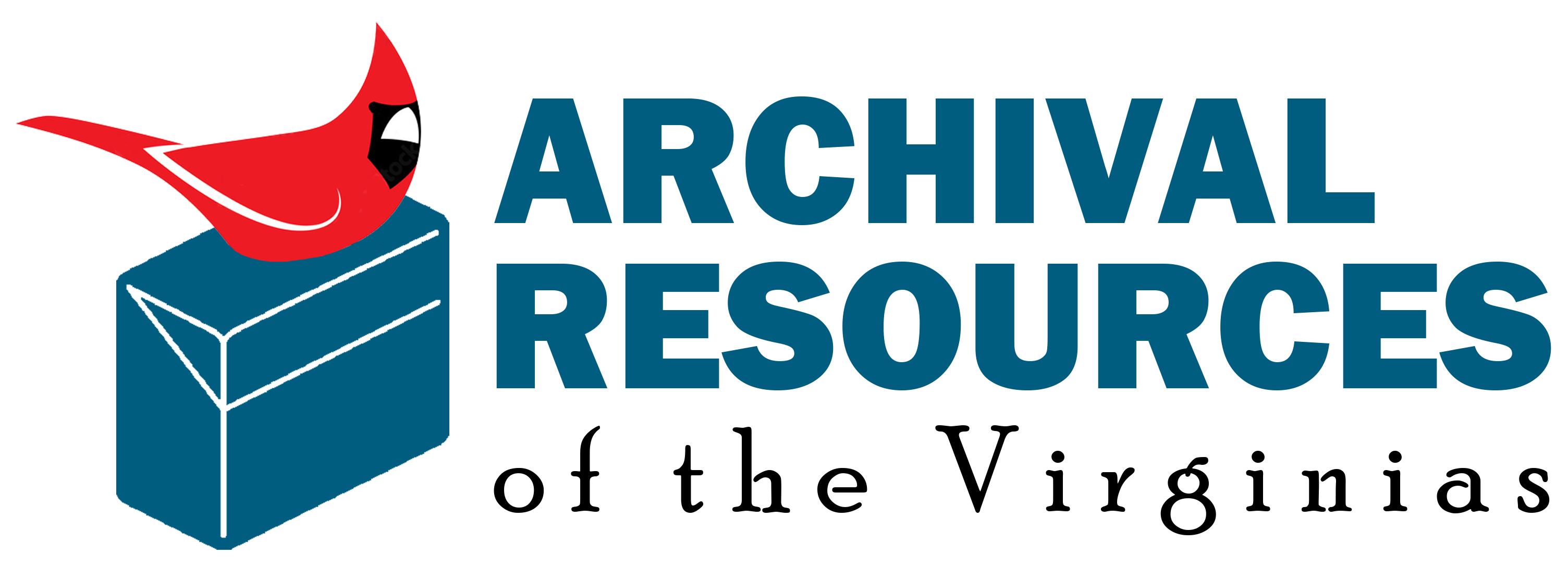A Guide to the MacKenzie World War II Collection, 1939-1946
A Collection in
The Special Collections Department
Accession Number 8824
![[logo]](http://ead.lib.virginia.edu/vivaead/logos/uva-sc.jpg)
Special Collections Department, University of Virginia Library
Albert and Shirley Small Special Collections LibraryUniversity of Virginia
Charlottesville, Virginia 22904-4110
USA
Phone: (434) 243-1776
Fax: (434) 924-4968
Reference Request Form: https://small.lib.virginia.edu/reference-request/
URL: http://small.library.virginia.edu/
© 2002 By the Rector and Visitors of the University of Virginia. All rights reserved.
Funding: Web version of the finding aid funded in part by a grant from the National Endowment for the Humanities.
Processed by: Special Collections Department
Administrative Information
Access Restrictions
There are no restrictions.
Use Restrictions
See the University of Virginia Library’s use policy.
Preferred Citation
MacKenzie World War II Collection, 1939-1946 Accession #8824 , Special Collections Dept., University of Virginia Library, Charlottesville, Va.
Acquisition Information
This material was given to the Library by Col. Alan MacKenzie of Holmes, Florida, on March 13, 1968.
Scope and Content Information
The circa 175 items in the collection were collected by Colonel Alan MacKenzie while stationed in Europe and chronicle the movements of the 83rd infantry division from its landing in Normandy through its arrival at the Elbe river in 1945. Other printed items in the collection from the immediate post-war era deal with concentration camps and the Nuremberg war-crimes trials. Non-printed items in the collection include Nazi memorabilia, photographs, currency from various countries, and various United States Army documents.
Sources for printed items include U.S. newspapers, U.S. Armed Forces publication such as the Army/Navy Journal , The Bounce , 83d Spearhead , Yank magazine , and Stars and Stripes , as well as issues of Life magazine and JB , a German newspaper. There are also examples of holiday greeting cards, designed and printed by individual army groups or divisions.
Two pamphlets describe the progress of the 83rd infantry division in its race across Europe and another pamphlet tells the story of the battle of Bastogne, of which the 101st was a principal participant. In all, the printed materials provide an interesting glimpse of the total war effort and the role played by the 83rd division in the conflict.
MacKenzie collected numerous examples of Nazi regalia. There are 38 items including seven examples of cloth Nazi national eagles, four cloth naval trade badges, and a national cockade, worn on caps, from the Afrika Korps. Other regalia include commemorative badges from pre-war elections and rallies, all of which were copied and identified (the originals are in the mini-trays). Finally, there is a white naval forage cap, worn infrequently by German sailors.
Miscellaneous items include a (facsimile ?) of Adolf Hitler's signature, ration cards, possibly from Belgium, photographs of Hitler and the I.G. Farben building, a pass to SHAEF (Supreme Headquarters Allied Expeditionary Force, tickets and programs from Nuremberg, gas mask instructions, and a "safe passage" leaflet fired from allied artillery that encouraged German soldiers to surrender.
United States Army documents include a G-1 periodic report and its accompanying map, and an agreement between the 83rd Infantry and the Ninth U.S. Army regarding the surrender of a German general and his troops. There are also oversize maps, both U.S. and German, which show various strategic situations, such as troop deployment, attack routes, escape routes, the positions of friendly units and known enemy deployment.
Contents List
Concerning the surrender of German general Eric Elster and his troops
Four are German paratrooper escape maps, five are road maps of western Europe, and one is a map of Luxembourg city.
For a description of each original, see the electrostatic copies in control folder or Box folder listed above.
